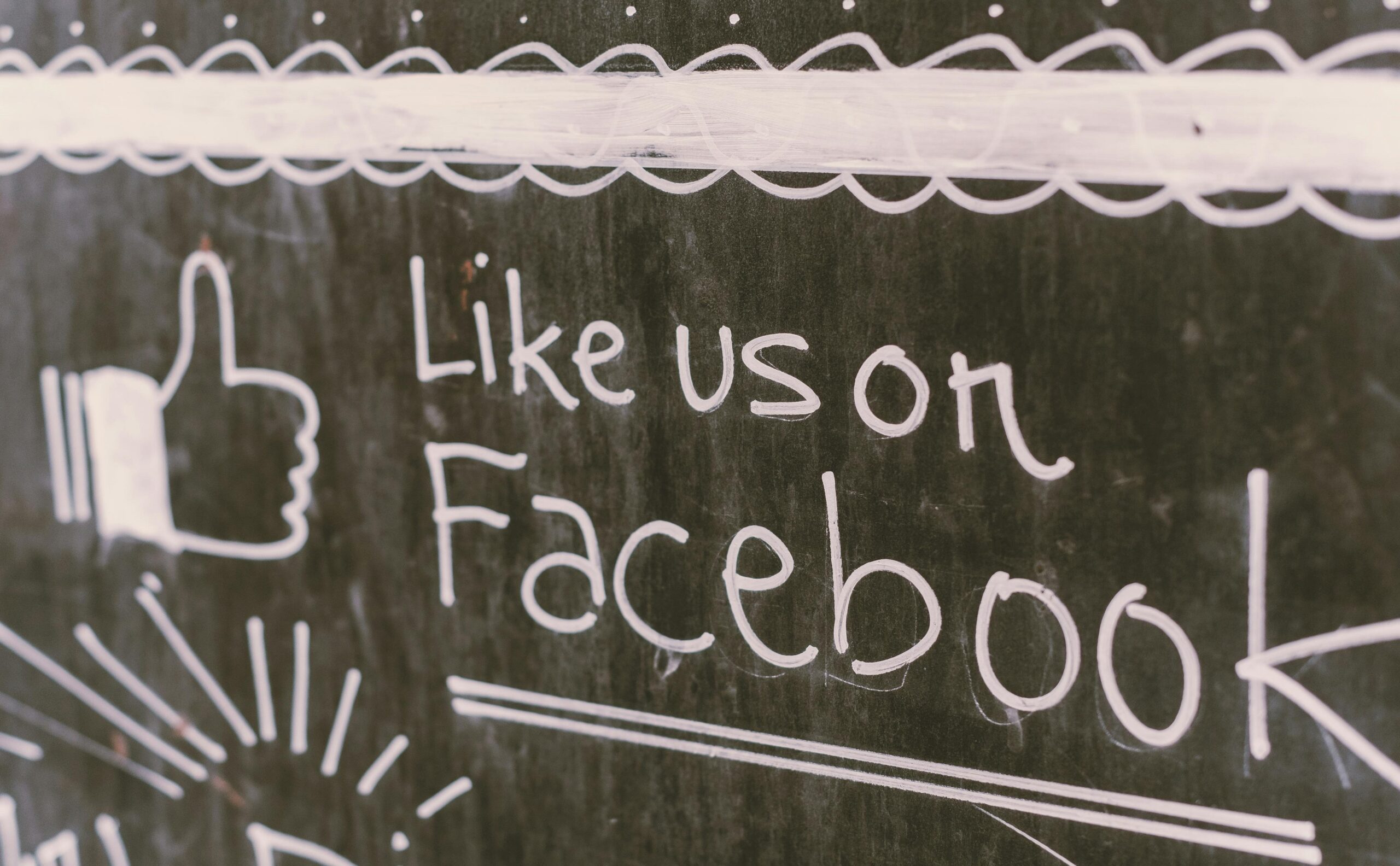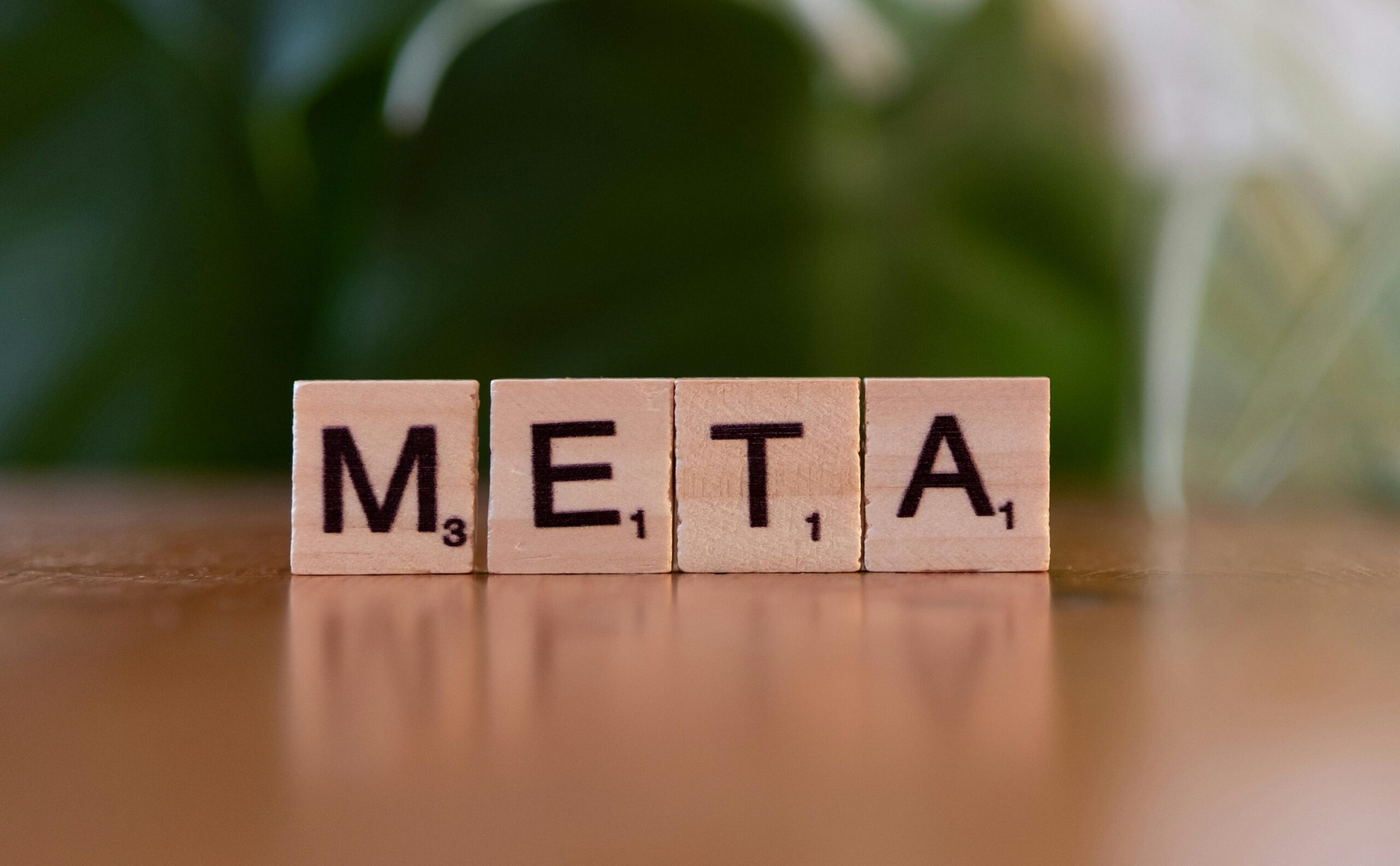The Facebook EdgeRank algorithm—also known as Facebook’s News Feed ranking system—was the original formula used to decide which posts appear in users’ feeds.
Think of it as a digital filter that ranks content based on how relevant and engaging it might be to you.
EdgeRank uses three main factors: Affinity (your relationship with the poster), Weight (type of content like video or photo), and Time Decay (how recent the post is).
For marketers, this algorithm drastically changed the game. Businesses saw a drop in organic reach—how many people see posts without ads—and had to rethink their strategies.
For example, a brand sharing frequent, engaging videos would likely rank higher than one posting occasional text updates.
Understanding EdgeRank is key to grasping how Facebook content spreads, why engagement matters, and how to build a winning content strategy.
In this post, as a digital marketing expert, I’ll explore its lasting impact on reach, engagement, and marketing decisions.
What Is the Facebook EdgeRank Algorithm?
 The Facebook EdgeRank algorithm was Facebook’s original method for deciding which posts show up in your News Feed.
The Facebook EdgeRank algorithm was Facebook’s original method for deciding which posts show up in your News Feed.
As Facebook grew, users were connecting with hundreds of friends and Pages, creating too much content to show at once. EdgeRank was developed to solve this problem by prioritizing content that users are most likely to care about.
From a Facebook marketing perspective, EdgeRank changed how brands could reach people. Instead of all followers seeing a Page’s posts, only the most relevant content appeared, based on this ranking formula:
EdgeRank = Affinity × Weight × Time Decay
Affinity – This measures the relationship between the user and the Page. If someone regularly likes, comments, or shares your content, Facebook sees them as “closer” to you, and shows them more of your posts.
Weight – Different types of content have more importance. For example, videos and photos carry more weight than plain text updates. Comments and shares are also stronger signals than likes.
Time Decay – The newer the post, the more likely it is to be shown. As time passes, a post loses value unless it continues receiving interaction.
For example, a small business that posts a mix of videos, engages in the comments, and publishes frequently will likely see better results than one that posts once a week with plain text.
In short, EdgeRank taught marketers to create engaging, relevant content—and those lessons are still vital for Facebook success today.
The Algorithm’s Impact on Organic Reach
One of the biggest effects of the Facebook EdgeRank algorithm was the dramatic change in organic reach—which means how many people see your content without paying for ads.
In the early days of Facebook, when someone followed your Page, your posts would appear in their News Feed almost automatically. But as EdgeRank took over, this changed.
 Because EdgeRank filtered content based on relevance and engagement, only the most engaging posts were shown to users.
Because EdgeRank filtered content based on relevance and engagement, only the most engaging posts were shown to users.
This meant that even if you had 10,000 followers, only a small percentage would actually see your post unless it performed well. For many marketers, this was a big shift.
For example, before EdgeRank, a local bakery might post a menu and instantly reach most of its followers. After EdgeRank, that same post might only reach 500 people—unless it got likes, shares, or comments that boosted its visibility.
This decline in organic reach forced brands to rethink their strategies. Marketers began focusing on creating more engaging content, such as videos, behind-the-scenes stories, and questions to spark comments. Some also turned to paid ads to make sure their content reached the right audience.
It also changed how often brands posted and when. Since timing (time decay) plays a role, publishing when your audience is most active became crucial.
EdgeRank made it clear: just posting wasn’t enough. To succeed, brands had to understand what content connected with their audience and how to keep that connection strong.
Even though Facebook’s algorithm is now more complex, the impact on organic reach remains the same. For marketers today—and students learning about it—it’s a reminder that engagement is everything on social platforms.
How EdgeRank Shapes User Engagement
User engagement—likes, comments, shares, and clicks—is one of the most important outcomes in Facebook marketing.
The Facebook EdgeRank algorithm plays a big role in shaping who engages with your content and how often.
EdgeRank doesn’t just show posts randomly. It pushes content that Facebook thinks users are more likely to interact with.
So if someone regularly likes or comments on a brand’s posts, that person is more likely to see future posts from that brand. This is called Affinity, and it’s one of EdgeRank’s key ingredients.
Another important factor is Weight. Facebook gives more value to certain actions and content types. For example:
- A comment carries more weight than a like.
- A share is even stronger—it shows real interest.
- Videos and photos usually get more engagement than plain text.
So, from a marketing perspective, content design matters a lot. A question post that sparks conversation will usually perform better than a static announcement.
A video showing behind-the-scenes footage or a quick how-to tutorial might get more reactions than a text-only post.
Let’s say a small clothing brand posts a video showing how their products are made. That post is likely to get more comments and shares than a simple post with product prices—and as a result, it’ll be shown to more people.
EdgeRank creates a cycle: more engagement leads to more visibility, and more visibility leads to more engagement. If a post performs well early on, Facebook boosts its reach even further.
For marketers, this means creating content that starts conversations, encourages reactions, and feels relevant to the audience. That’s how you “work with” the algorithm, instead of against it.
Strategic Implications for Marketers and Brands
Understanding the Facebook EdgeRank algorithm is essential for developing a smart Facebook marketing strategy.
Since EdgeRank prioritizes relevant, engaging, and timely content, marketers need to think carefully about what they post and how they interact with their audience.
First, it’s important to create content that encourages engagement. Posts that ask questions, invite opinions, or include eye-catching visuals (like photos and videos) tend to perform better. For example, a coffee shop asking, “What’s your favorite morning brew?” with a photo of drinks will likely get more comments and shares than a plain menu update.
Next, brands need to focus on building relationships with their audience—this boosts Affinity. Responding to comments, liking user posts, and encouraging dialogue helps create stronger connections, which means your content is more likely to appear in their feeds.
Timing also matters. Because of Time Decay, posts lose visibility over time. That’s why it’s important to post when your audience is most active. A post at 2 a.m. might be missed, while the same post at 6 p.m. could generate real engagement.
Marketers should also balance organic and paid reach. While it’s ideal to grow organically, Facebook’s algorithm makes it hard to reach a wide audience without some paid promotion. Boosting a well-performing post can extend its reach and help bring in new followers.
In short, successful Facebook marketing is about more than just posting—it’s about creating content that connects, engages, and responds to the algorithm. Understanding EdgeRank’s principles helps brands adapt and thrive in a crowded digital space.
For students learning this, the key takeaway is: engagement drives visibility, and smart strategy keeps your content in front of the right audience.
For marketers and brands, creating meaningful connections with your audience is still the best way to boost visibility. Engagement remains the backbone of Facebook’s algorithm, and relevant, timely content is crucial for success.
As you begin your journey into Facebook marketing, remember: understanding the algorithm helps you craft smarter strategies and ensures that your content reaches the right people at the right time.





